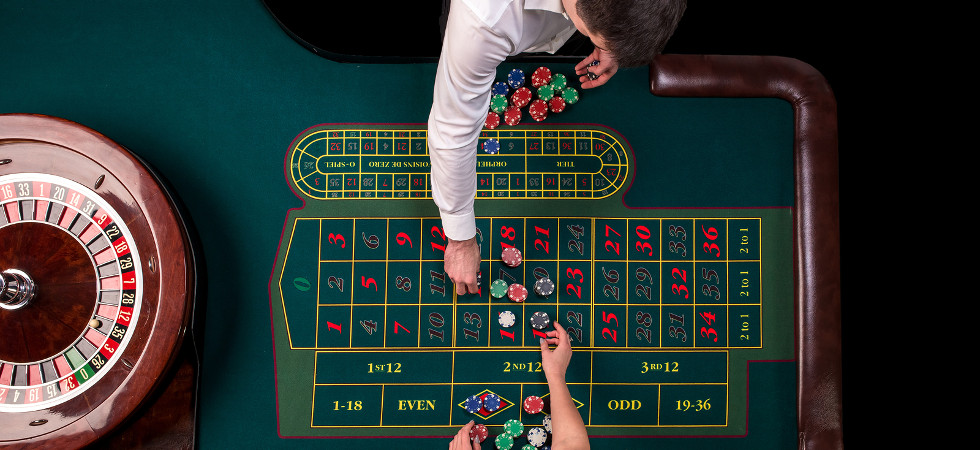In today’s hectic world, creativity frequently is sidelined in the midst of the chaos of daily routines. Nonetheless, for creative professionals, discovering the right environment can be the key to realizing their complete potential. This is why focused studios come into play. Such studios deliver not just a physical space, but a retreat for inspiration, originality, and focused output.
Utilizing a specific work studio allows creatives to divide their personal lives from their work pursuits. It becomes a space where concepts can flow freely, materials can be tidied, and distractions can be minimized. By fostering a unique atmosphere that resonates with their artistic goals, artists, writers, designers, and different fields can significantly improve their productivity and overall satisfaction in their work.
Benefits of a Dedicated Work Studio
A dedicated work studio provides an environment tailored for creativity and efficiency. This focused space allows individuals to immerse themselves in their work without the distractions often found in common or multi-purpose areas. Audio Engineering Studio Austin TX When a creative enters their studio, they enter a realm specifically designed for creation, where they can focus on their projects and concepts without interruptions from everyday distractions.
Having a separate work studio also helps to better work-life balance. By establishing limits between personal and professional spaces, creatives can physically and mentally separate work from home life. This separation can lead to increased efficiency during work hours and a more relaxed home environment, helping to lessen stress and encourage overall well-being. In the end, it fosters a healthier routine that fosters creativity and inspiration.
Additionally, a dedicated work studio can be customized to suit personal preferences and needs. Creatives can create this space to enhance comfort and functionality, incorporating features that inspire them, such as decor, lighting, or specific tools. This customization not only enhances productivity but also makes the work studio a place of joy and motivation, promoting a more fulfilling creative process.
Establishing Your Artistic Space
Creating a specific work studio begins with picking the perfect location. Choose a space that motivates you and lessens distractions. It can be a distinct room in your home, a nook of your apartment, or a leased studio, the setting should represent your creative vision. Good daylight light can boost your mood and increase productivity, so remember this when selecting your workspace.
Once you secure the location, consider the layout and organization of your studio. Your work surface should be large enough for your projects, which could be a large desk for writing or a table for art. Sorting your tools and materials in a way that is conveniently accessible can help you time and maintain your focus on the imaginative process. Incorporating storage solutions like shelves and drawers can help maintain a clean and stimulating environment.
In conclusion, personalize your studio to make it a reflection of your creativity. Adorn the space with pieces of art, colors, or objects that motivate you. Include comfortable seating and features that support your work style, such as a standing desk or soft lighting. The goal is to create an inviting atmosphere that encourages creativity and allows you to dive in your work.
Improving Productivity in Your Studio
Establishing a highly efficient atmosphere in your design studio begins with an tidy area. Decluttering your studio by getting rid of non-essential items and retaining essential tools and materials can significantly enhance attention and efficiency. Designate specific zones for various tasks, whether it’s ideation, creating, or teamwork, making sure that you have everything you need within reach. This structure reduces distractions and facilitates a fluid workflow, making it more straightforward to dive deep into imaginative projects.
A further important aspect of maximizing productivity is optimizing your studio’s ambiance. Take into account factors such as illumination, noise, and climate, as they can significantly influence your mood and innovation levels. Daylight can boost energy and creativity, while ergonomic seating and suitable temperature can minimize physical discomfort. Moreover, soothing background music or sounds can help enhance concentration and keep inspiration flowing. Adjusting these aspects to your personal tastes will help create a space that aligns with your creative process.
Lastly, adding regular breaks into your schedule can greatly enhance productivity in your studio. Laboring for extended periods without interruptions can lead to fatigue and hinder creativity. Set aside short breaks to step away from your work, exercise, or simply decompress. These moments give your mind a chance to recharge and can often lead to fresh ideas and new perspectives. By balancing both focused work and necessary breaks, you can maintain a sustainable and efficient creative practice in your work studio.
